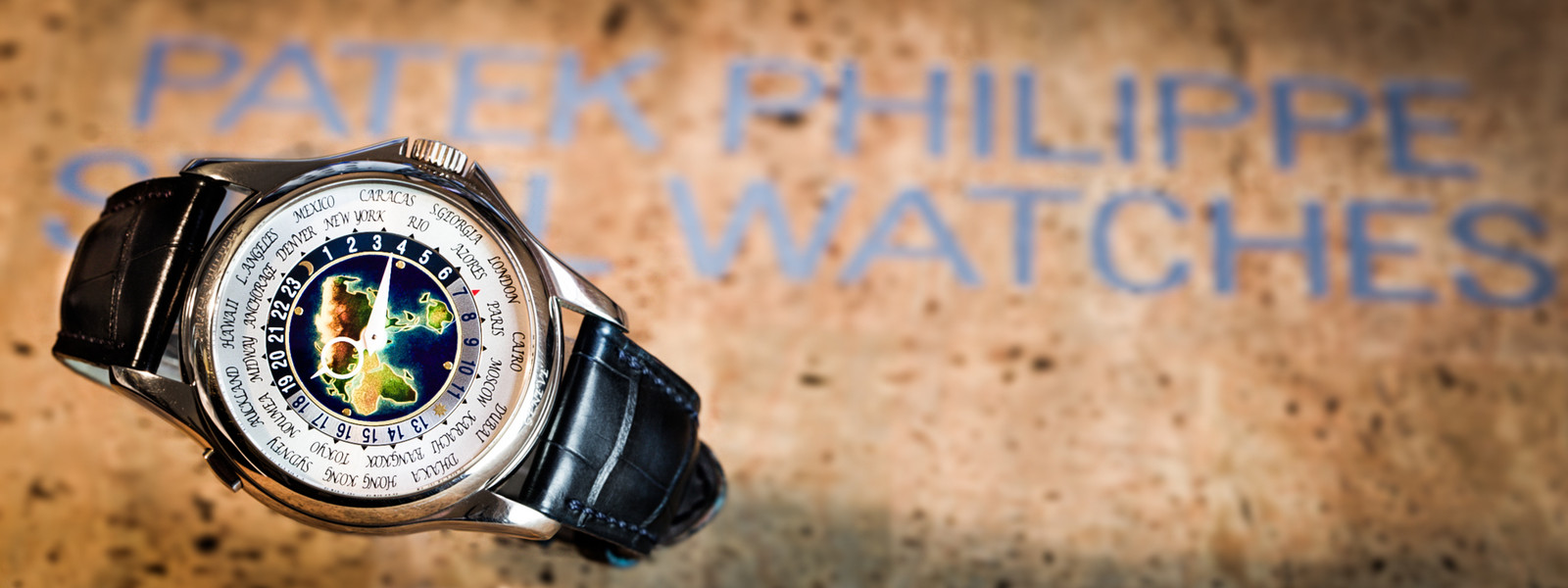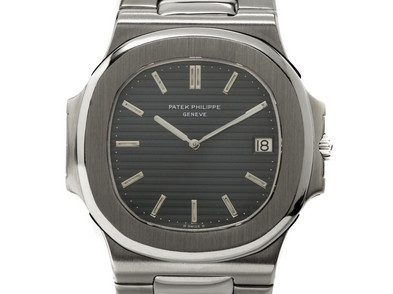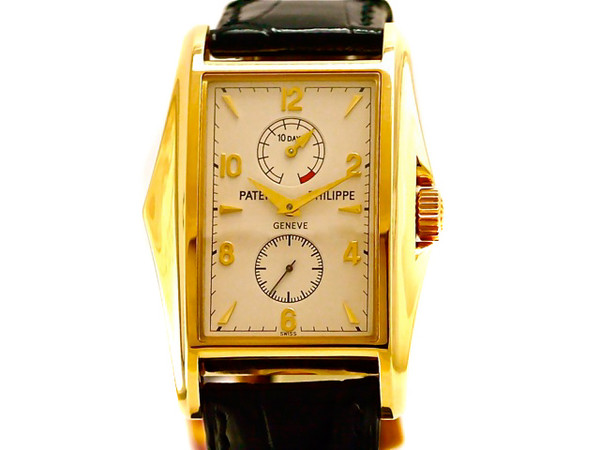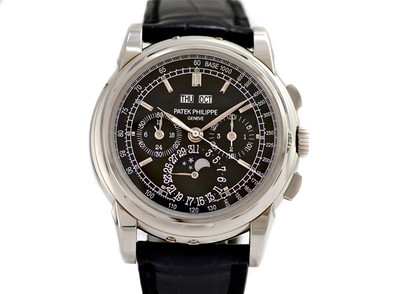Patek Philippe
Patek Philippe Brandstory
The timepieces of the Genevese manufactory Patek Philippe, count for many connoisseurs, for over 175 years, among the best in the world.
As the last independent Geneva manufactory in family ownership, Patek Philippe is still pursuing the visions of its founders, Antoine Norbert de Patek and Adrien Philippe. "The best and most beautiful watches in the world". The success of Patek Philippe is based on a sense of tradition, craftsmanship and technical innovations.


































